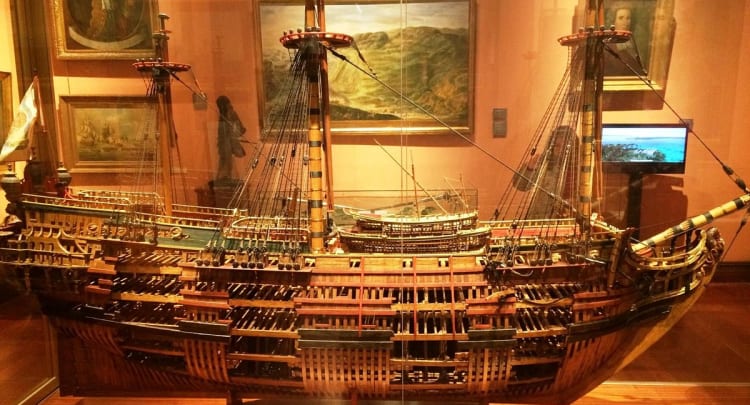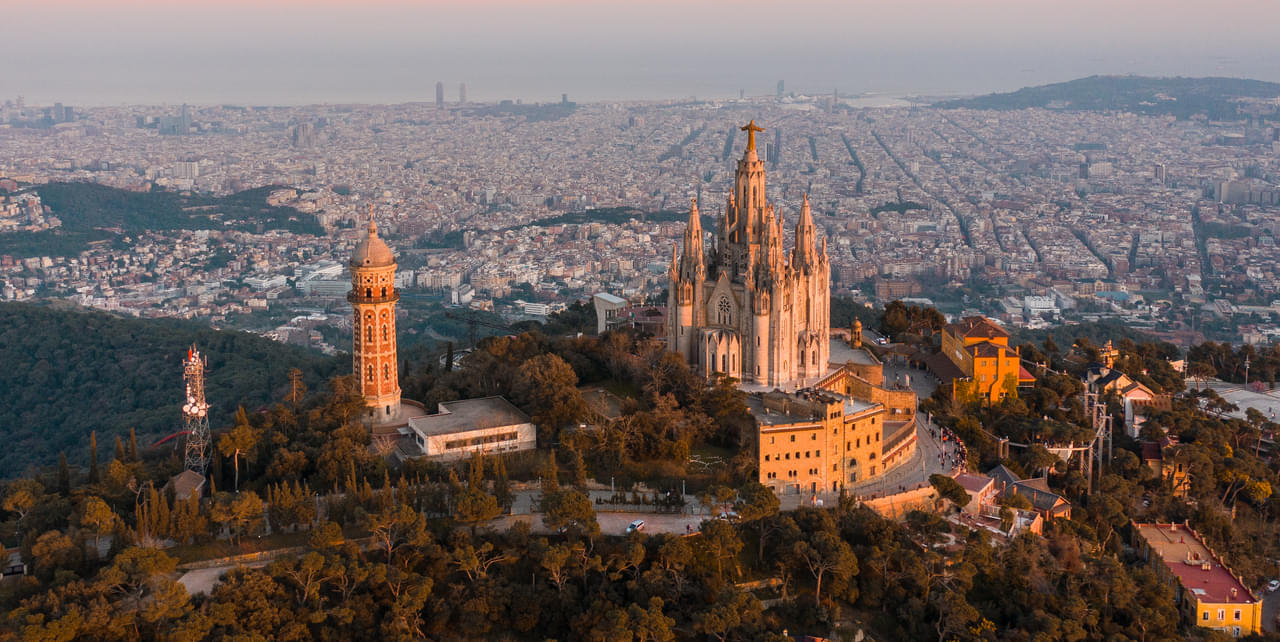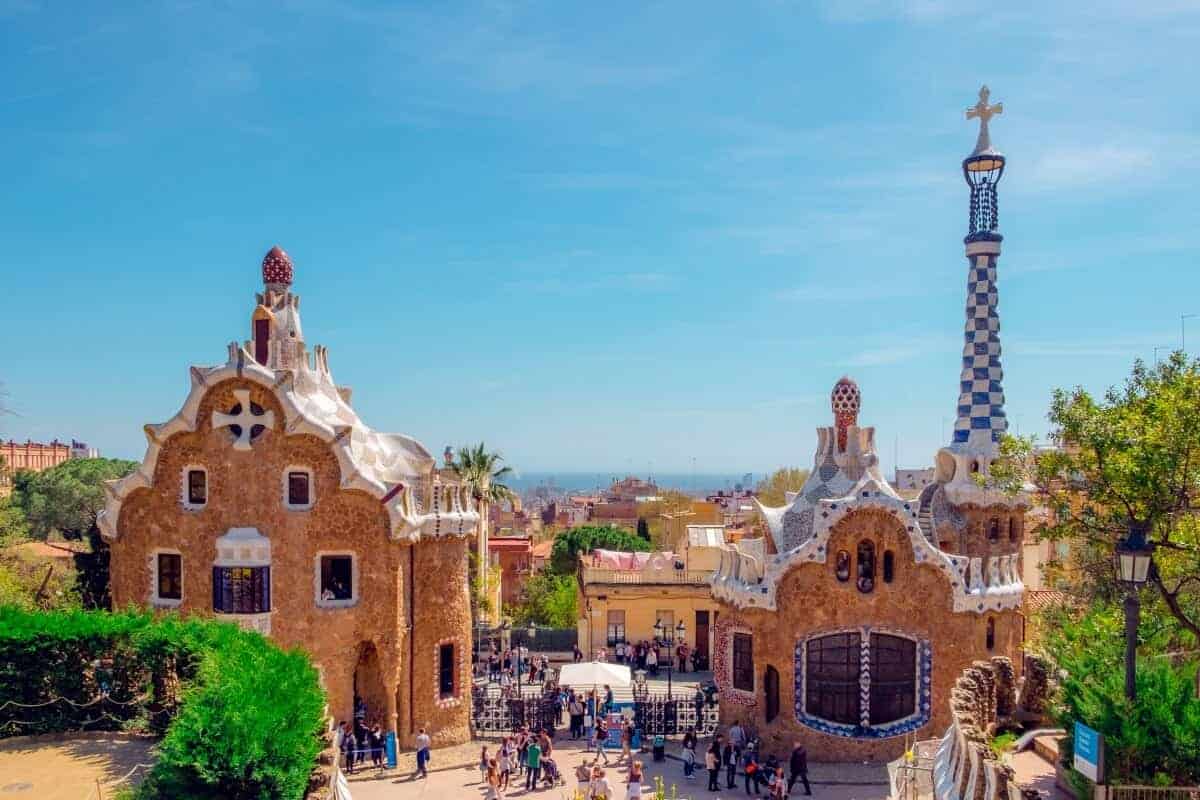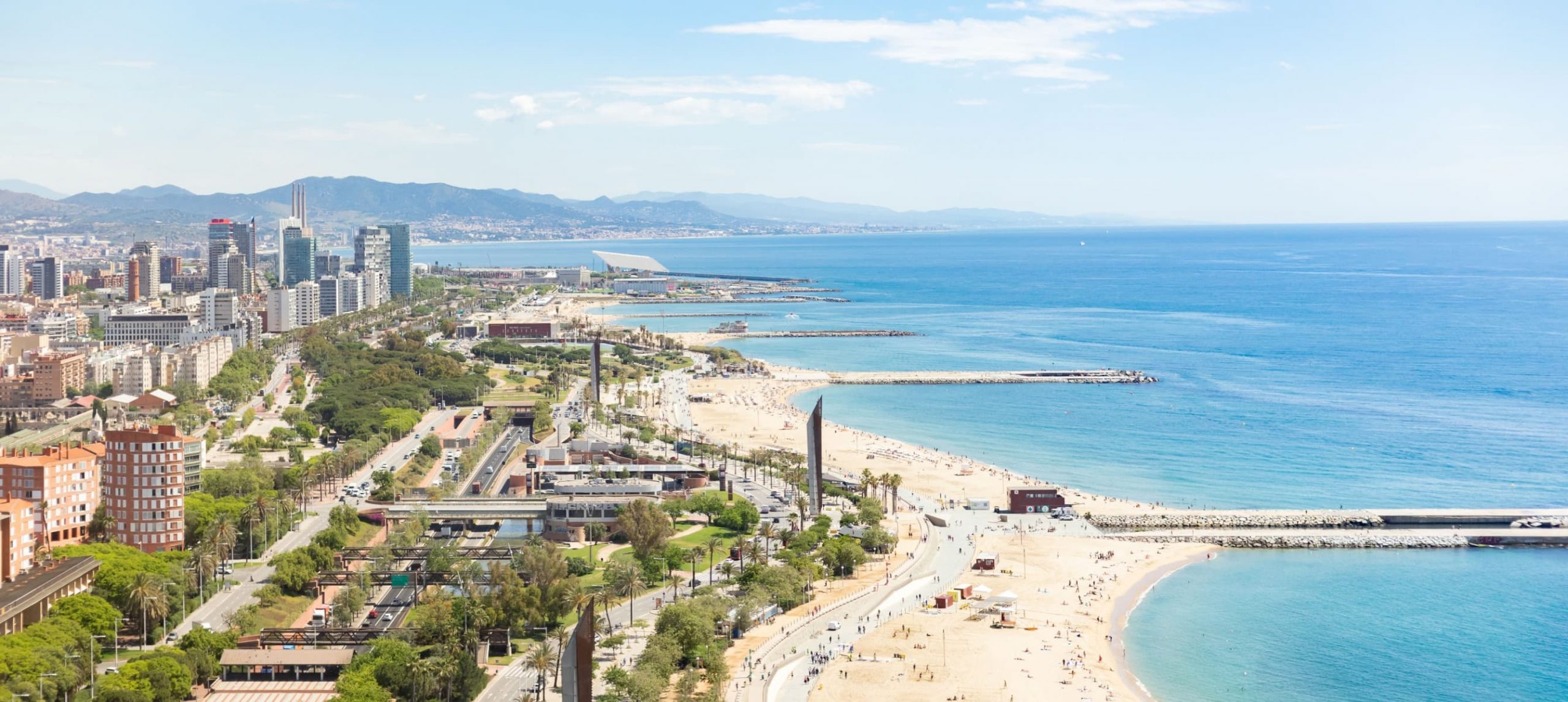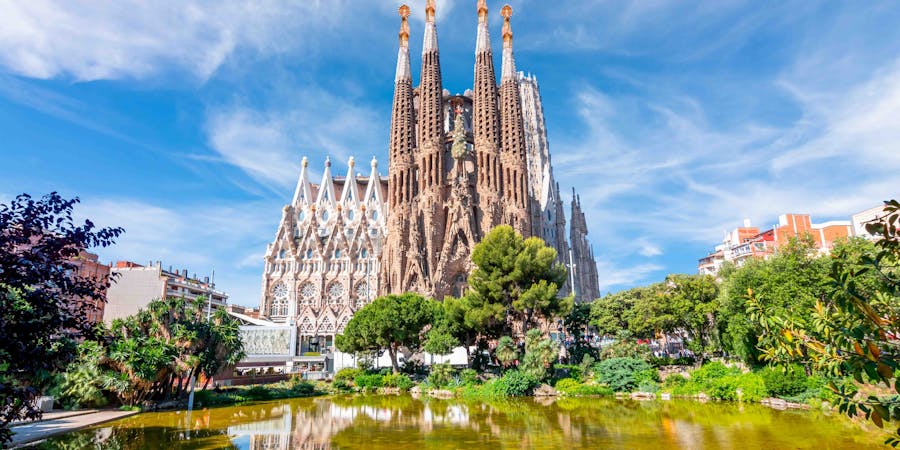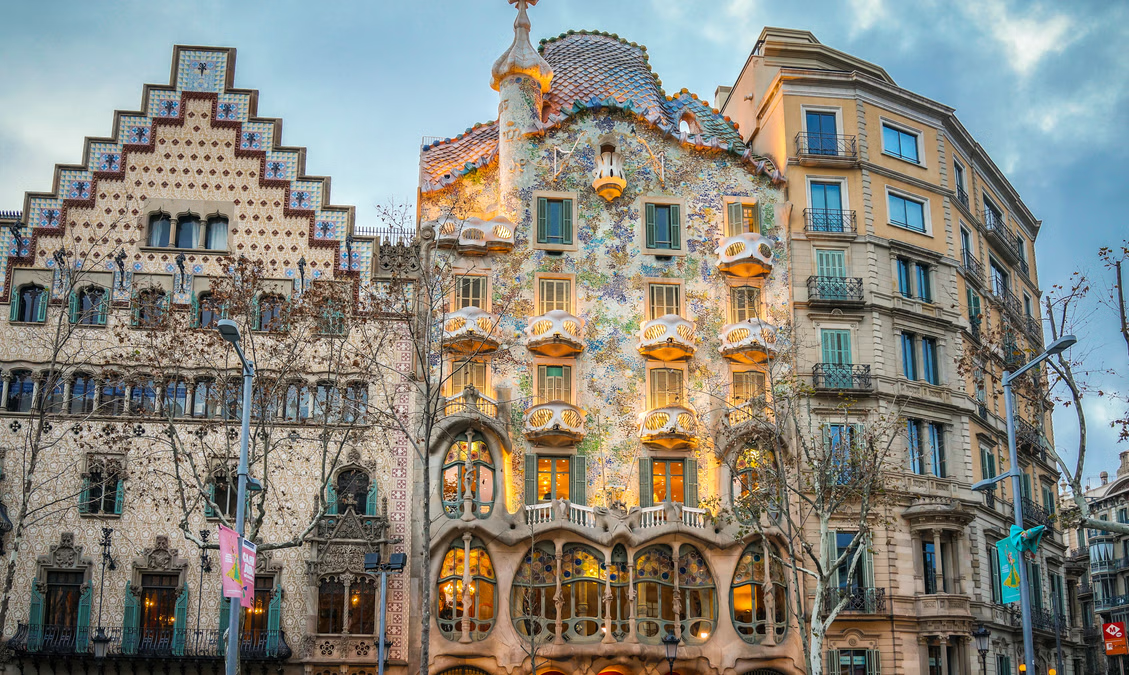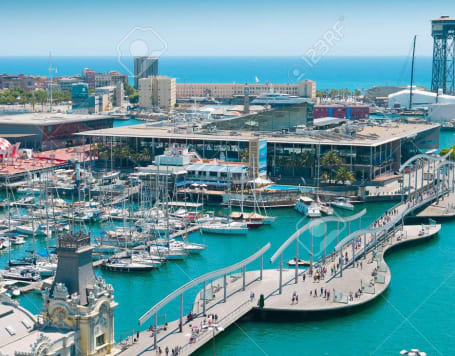The magnificent Maritime Museum of Barcelona is situated at the base of Montjuc along the city's waterfront promenade. It is the ideal location to learn about Barcelona's extensive maritime history because it encompasses centuries' worth of history in addition to the stories of the water. The museum, which is hidden inside the Royal Dockyards, is also one of the most significant marine museums in the entire world. It was established in 1936 and is home to a sizable collection of nautical relics, including ship models, paintings, and pictures, along with actual boats and ships. Additionally, it features a library with more than 60,000 volumes and documents relating to maritime history. There are two sections of the Maritime Museum: the permanent collection and the changing exhibits. Numerous maritime relics from antiquity to the present day are included in the permanent collection. The collection comprises pictures of boats and ships, as well as paintings and ship models. A particular theme or topic connected to maritime history is highlighted in the temporary exhibitions, such as the design of sailing ships from the mediaeval era. An important location for maritime history studies is the Maritime Museum.


